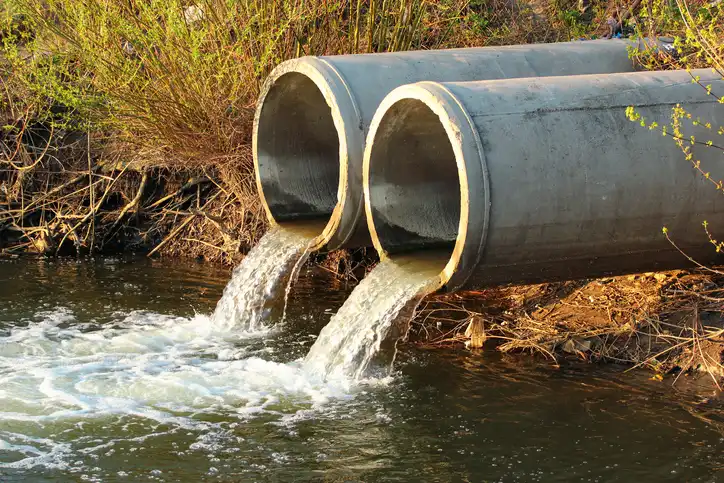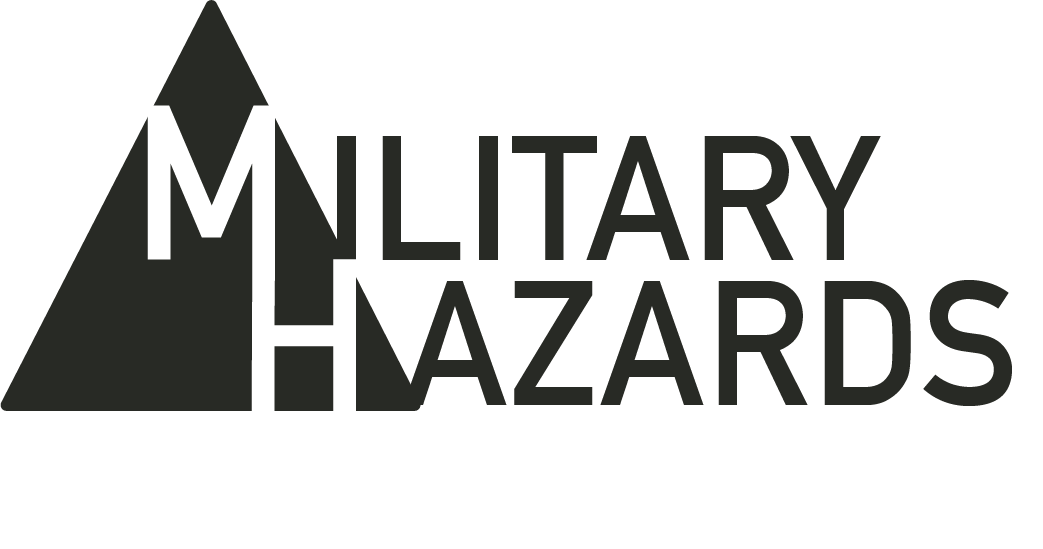Contact Our Legal Partner
"*" indicates required fields

Military Base Water Contamination
Water contamination (or water pollution) is the pollution of water sources with harmful substances that make the water unfit for drinking, bathing, cooking, and so on.
The U.S. Environmental Protection Agency (EPA) is the government body that regulates drinking water quality in public water systems and sets limits for chemicals in the water.
However, sometimes water can get contaminated through, for example, manufacturing operations or improper waste disposal. The chemicals can get in the water at its source (for example, groundwater or water from a lake) or while it is traveling through the distribution system (for example, from lead pipes).
Military Installations with Contaminated Drinking Water
Unfortunately, water contamination often occurs on military bases and training sites and affects military personnel and their families. Contamination can come from benzene, lead, trichloroethylene and many other harmful chemicals, but PFAS contaminations are the most common.
The Causes of Water Contamination in Military Bases
The causes of water contamination in military bases range from chemical spills to jet fuel spills to improper disposal of waste or chemicals.
One of the most well-known water contamination cases is the Camp Lejeune water contamination case, where the water was polluted with industrial solvents, benzene, and other chemicals that supposedly came from a local dry cleaner.
PFAS Chemicals
For decades, the military used firefighting foams that contained dangerous PFAS chemicals, that have since been linked to cancers and other serious health conditions. Military airports and military bases used firefighting foam for training purposes, some locations still use it today.
In 2019, a Pentagon task force was created to look into drinking water quality on military bases. The Senate Committee on Environment and Public Works have an interactive map showing 180 Superfund sites that were identified by the Environmental Protection Agency (EPA) as having PFAS contamination.
Health conditions associated with PFAS substances include thyroid disease and several cancer types including liver cancer, testicular cancer, prostate cancer, breast cancer, bladder cancer and other cancer types.
If you or your loved one served at one of these locations and experience adverse effects, you may be eligible for compensation.
Fuels
A fuel spill is defined as the spilling, leaking, pumping, emptying or dumping of petroleum, gasoline, fuel oil, oil refuse or other flammable harmful liquids. A fuel spill can result in water contamination if, for example, an aircraft carrier dumps used fuel into a body of water or if there is a leak in the fuel tank of a ship.
Consuming water with petroleum hydrocarbons can result in an upset stomach, nausea, vomiting and diarrhea. On contact with skin contaminated water can cause irritation. Continuous exposure may result in more serious conditions.
A recent example of water contamination is the Red Hill crisis in Hawaii. In 2014, about 27,000 gallons of jet fuel leaked from a Red Hill storage facility tank.
In May 2021, a pipeline released 1,618 more gallons of fuel due to operator error.
In November 2021, the Red Hill Bulk Fuel Storage Facility released 14,000 gallons of a fuel and water mix from a fire suppression drain line and contaminated the Red Hill drinking water well.
The contamination affected the people living on Joint Base Pearl Harbor-Hickam (JBPHH), the Army’s Aliamanu Military Reservation and Red Hill Housing (approximately 93,000 residents). The residents later reported experiencing side effects from consuming contaminated drinking water.
If you lived on a military base that was later proved to have had a contaminated water supply, you may be eligible to file a lawsuit.
Pollution

Almost any military facility where chemicals or wastes may be released into the environment, either intentionally or accidentally, can pollute groundwater. If groundwater is contaminated, it is difficult and expensive to fix.
Groundwater pollution can happen as a result of improper disposal of hazardous waste, releases and spills from stored chemicals and petroleum products, or improperly designed or maintained septic systems. In areas with high population density, as well as areas where airports and military facilities are located, groundwater is especially vulnerable.
Depending on a particular chemical found in groundwater, drinking from the water supply associated with it may result in serious health conditions. For example, drinking water contaminated with lead can cause nerve, kidney, and liver damage as well as fertility and pregnancy risks. The Love Canal disaster is one of the most tragic examples of water pollution in American history. In the 1940s the Hooker Chemical Company bought Love Canal and used it to dump 22,000 tons of chemical byproducts from the manufacture of dyes, perfumes, and solvents. Love Canal was then sold to the local school district in 1953. In the decades that followed, it became known for the serious health problems originating from the dumping, including high white blood cell counts and leukemia.
Fertilizers and Pesticides
Fertilizers and pesticides can potentially contaminate drinking water on or around military bases. The pesticides usually get into a body of water from agricultural fields and industrial wastewater.
Exposure to pesticides
Continuous exposure to pesticides through water can cause reduced immunity, hormonal imbalance, developmental issues in young children as well as reproductive issues and memory loss.
The pesticides that can be found most frequently in groundwater are agricultural herbicides—atrazine with its degradate, deethylatrazine, metolachlor, cyanazine, alachlor and acetochlor, the five non-agricultural herbicides—simazine, prometon, tebuthiuron, 2,4-D and diuron, as well as three commonly used insecticides—diazinon, chlorpyrifos and carbaryl.
Nutrient pollution
When excess fertilizer (oftentimes nitrogen and/or phosphorus) runs off fields into waterways it can cause a process called eutrophication. Eutrophication is the process of algae blooming beyond the capacity of the waterway blocking out light from plants and then dying and being eaten by bacteria using up all the oxygen killing fish and marine animals.
Fertilizer pollution or nutrient pollution can also affect water quality. Excess nitrogen is a common drinking water contaminant in agricultural areas and can pose a serious risk to babies younger than six months old. Consuming too much nitrate can result in methemoglobinemia (also known as “ blue baby syndrome”).
Water Contamination Awareness for Service Members
It is important to raise awareness about contaminated water on and close to military bases. Contaminated water endangers the lives of military personnel and their families.
Consuming or otherwise coming into contact with contaminated water can result in serious illness, so it is extremely important to create awareness around this topic.
